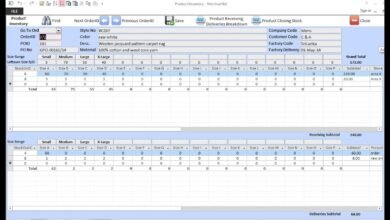What Are the Benefits of Variable Frequency?

Variable frequency, most commonly associated with variable frequency drives (VFDs), represents a pivotal technology in the control and management of electric motors. By precisely varying the frequency and voltage supplied to an electric motor, VFDs offer unparalleled control over motor speed and operation. This capability is not merely a technical achievement but translates into a host of tangible benefits across various applications. Here, we delve into the significant advantages that variable frequency technology brings to the table, incorporating the essential insights previously discussed.
Enhanced Energy Efficiency
One of the foremost benefits of employing variable frequency drives is the substantial improvement in energy efficiency. Electric motors often operate at fixed speeds, leading to excessive energy consumption, especially in systems that do not require constant motor speed. By adjusting the motor speed to match the specific needs of the application, VFDs can significantly reduce energy wastage, leading to lower electricity bills and contributing to sustainability efforts.
Extended Equipment Lifespan
The ability to control the speed of a motor also means that equipment can be started slowly, reducing the mechanical stress and electrical current surge at startup. This gentle start extends the life of the motor and connected equipment by minimizing wear and tear, thus reducing maintenance requirements and prolonging the operational lifespan of the machinery.
Improved Process Control
Variable frequency drives provide precise control over motor speed, torque, and power, enhancing the overall control of the production process. This precise control is critical in applications where the motor speed needs to be adjusted based on the process requirements, ensuring optimal performance and product quality.
Reduction in Power Line Disturbances
Starting an electric motor can cause voltage sags and surges in the power supply system, which can affect other equipment connected to the same power line. By controlling the acceleration and deceleration of motors, VFDs minimize these power line disturbances, ensuring a more stable and reliable power supply for all connected devices.
Energy Savings in Variable Load Applications
Many industrial processes do not require a constant motor speed, with demands fluctuating based on operational requirements. Variable frequency drives excel in these scenarios, adjusting the motor speed in real time to match the load requirements. This dynamic adjustment leads to significant energy savings, as motors consume less power when operating at lower speeds.
Versatility Across Applications
The benefits of variable frequency technology extend across a myriad of sectors, including HVAC systems, water supply systems, and various manufacturing processes. The adaptability of VFDs to different settings and their capability to improve efficiency and control make them an invaluable tool in modern industry.
Conclusion
The implementation of variable frequency drives offers a myriad of benefits, from enhanced energy efficiency and extended equipment lifespan to improved process control. By allowing for the precise adjustment of motor speeds to match operational needs, VFDs not only save energy but also contribute to the smoother, more efficient running of processes. As industries continue to seek ways to optimize operations and reduce environmental impact, the role of variable frequency technology becomes ever more critical, marking a significant step forward in the pursuit of industrial efficiency and sustainability.
Also, read more: What Are the Risks of Investing in FintechZoom Google Stock?



